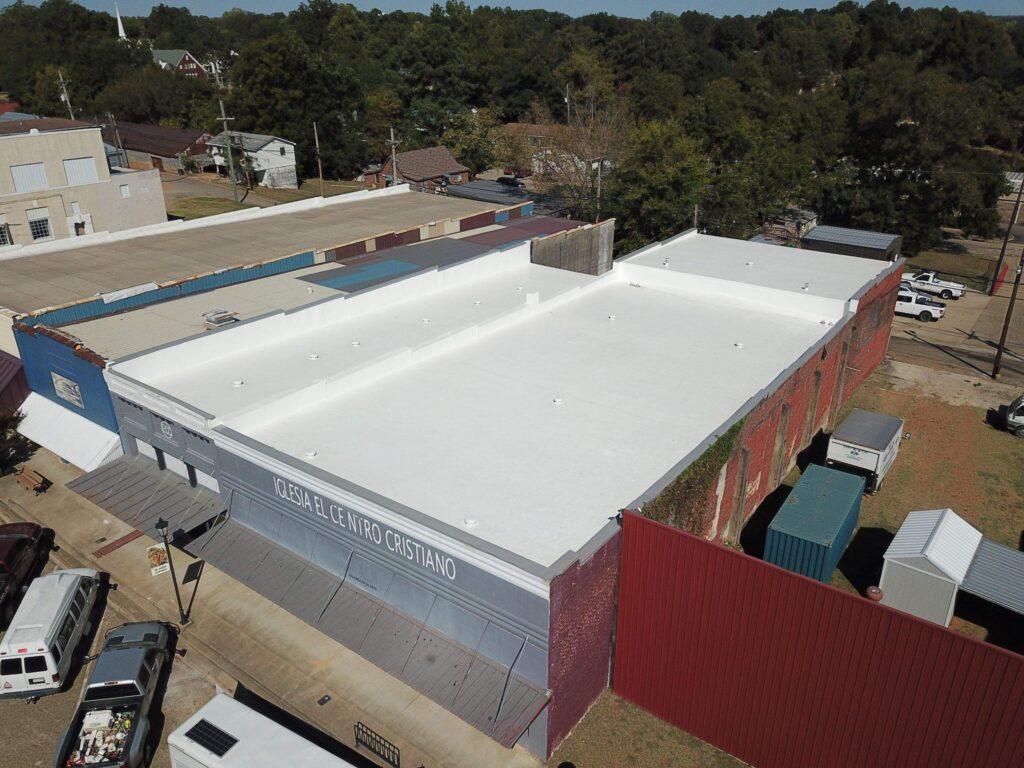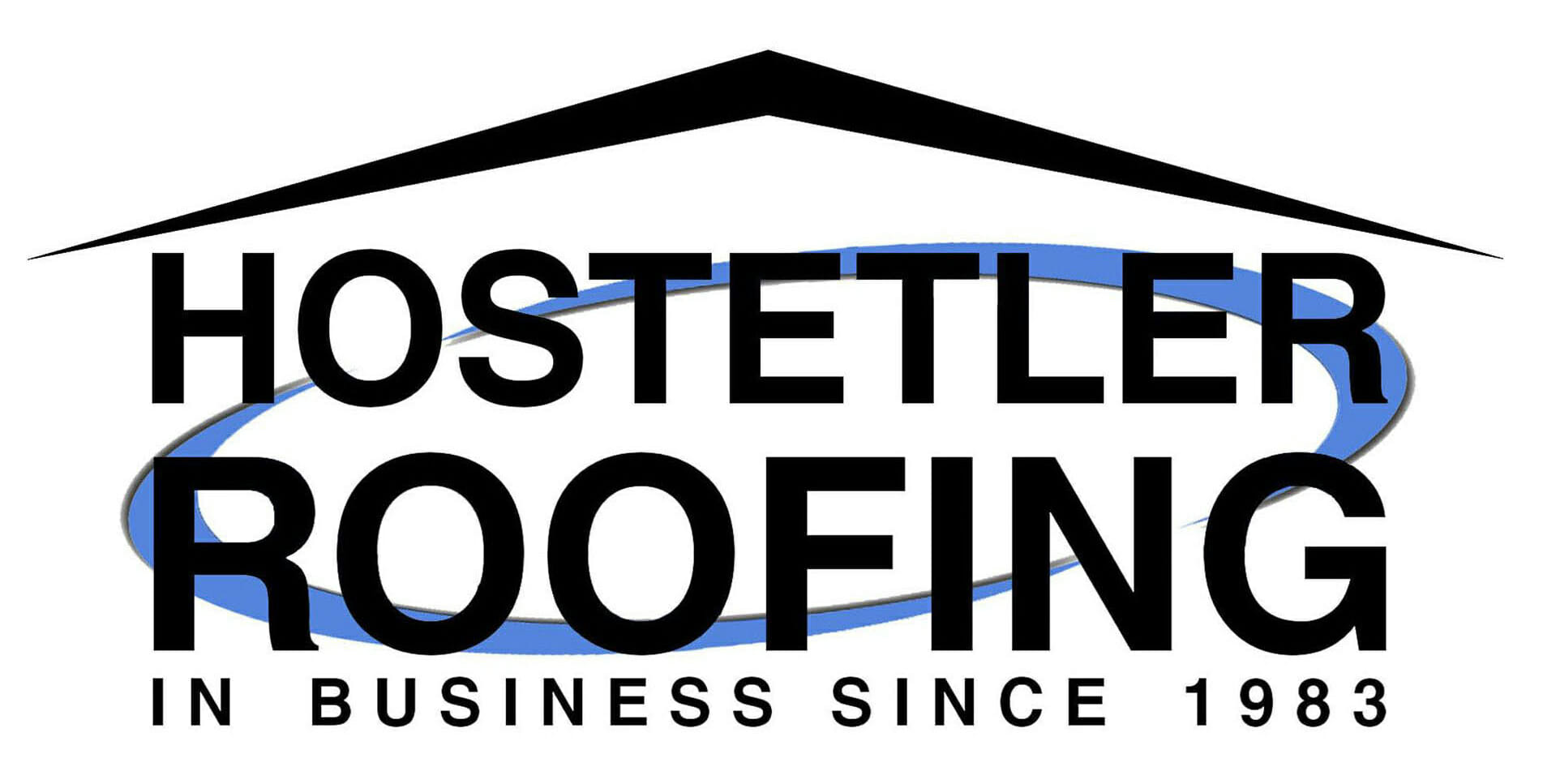
PVC (Polyvinyl Chloride) membrane roofing is a highly durable, energy-efficient, and long-lasting option for commercial flat and low-slope roofs. Known for its excellent resistance to chemicals, moisture, wind, and fire, PVC roofing systems have become a preferred choice for commercial properties such as warehouses, retail centers, and restaurants.
In this blog, we’ll cover everything you need to know about PVC membrane roofing its benefits, drawbacks, installation, maintenance, and suitability for various climates.
What is PVC Roof Membrane?
PVC roofing is a single-ply membrane made from polyvinyl chloride. It typically comes in white rolls and is installed using one of three common methods:
- Mechanically attached
- Fully adhered
- Ballasted
PVC roofing is reinforced with polyester or fiberglass scrim, which increases its strength and longevity. The membrane thickness generally ranges from 40 to 80 mils.
Benefits of PVC Roofing Systems
1. Superior Durability
PVC membranes are resistant to:
- Punctures and tears
- Wind uplift
- Chemical spills and grease (ideal for restaurants)
- Fire (most systems meet Class A fire ratings)
2. Energy Efficiency
Most PVC membranes are white and highly reflective, helping reduce cooling costs during hot summer months. This can significantly lower a building’s energy consumption.
3. Waterproofing and Leak Prevention
Heat-welded seams in PVC roofing form a watertight bond, significantly reducing the risk of leaks compared to glued or taped seams in other systems.
4. Low Maintenance
PVC roofs require minimal upkeep, especially when properly installed. Occasional inspections and cleaning are often all that’s needed to maintain performance.
5. Long Service Life
PVC roofs can last 20 to 30 years or more with proper care and routine maintenance.
Drawbacks to Consider
While PVC roofing offers many advantages, there are a few downsides:
- Higher upfront cost compared to EPDM and Thermoplastic Olefin (TPO)
- Less flexible in cold temperatures, which may cause cracking if not properly installed
- Shrinkage over time can cause stress on seams and flashings
PVC vs. Other Commercial Roofing Systems
| Feature | PVC | TPO | EPDM |
| Cost | High | Moderate | Low |
| Lifespan | 20–30+ years | 20–30 years | 30–50 years |
| Energy Efficiency | Excellent | Excellent | Moderate |
| Chemical Resistance | Excellent | Moderate | Low |
| Seam Strength | Heat-welded | Heat-welded | Adhesive/tape |
PVC is especially beneficial in environments with high chemical exposure or heavy rooftop equipment, which can stress or compromise less robust membranes.
Installation and Cost
The cost of a PVC membrane roof ranges from $6 to $10 per square foot installed, depending on:
- Membrane thickness
- Roof complexity
- Installation method
- Regional labor rates
Professional installation is critical, as heat welding requires skilled technicians to ensure strong, watertight seams.
Maintenance Tips
To extend the life of your PVC roof, follow these best practices:
- Conduct semi-annual inspections
- Clear debris from drains and gutters
- Check flashings and seams
- Clean the surface to maintain reflectivity
Is PVC Roofing Right for Your Commercial Property?
PVC roofing is an excellent choice for:
- Restaurants and food service buildings (resistant to grease and fats)
- Chemical plants or facilities with harsh rooftop environments
- Commercial buildings in hot climates looking to reduce energy costs
If your building requires high-performance roofing that resists water, chemicals, and fire, PVC could be the perfect fit.
Get Expert Help with PVC Roofing Systems
Thinking about upgrading to PVC roofing? Partner with experienced professionals to ensure quality installation and lasting results. We at Hostetler Roofing specializes in commercial roofing solutions designed to withstand the toughest conditions and deliver long-term value.
Call (870)-557-4797 today to schedule your free inspection or consultation with a trusted commercial roofing contractor in Arkansas.
You May Also To Read: EPDM for Commercial Roofing

